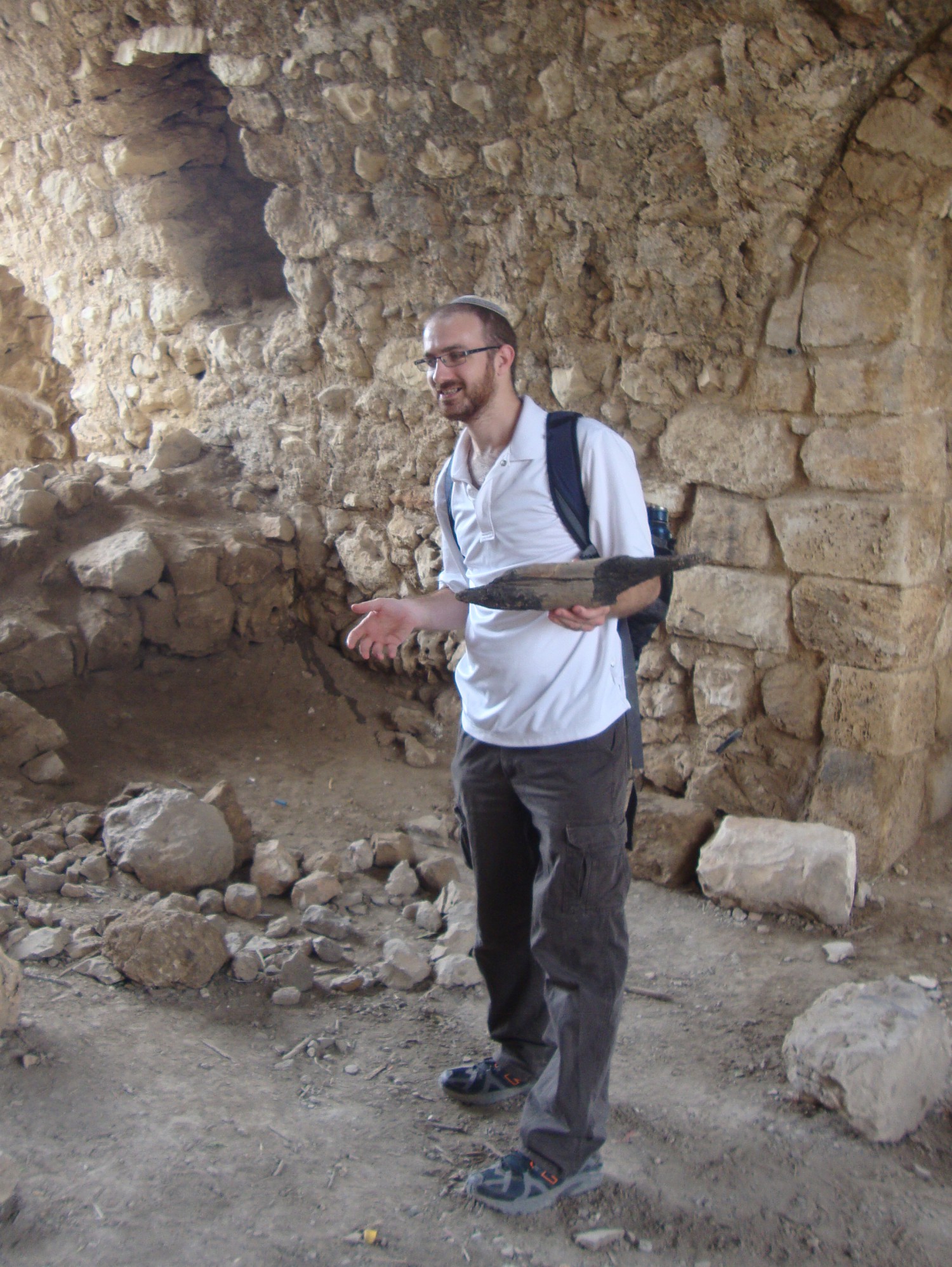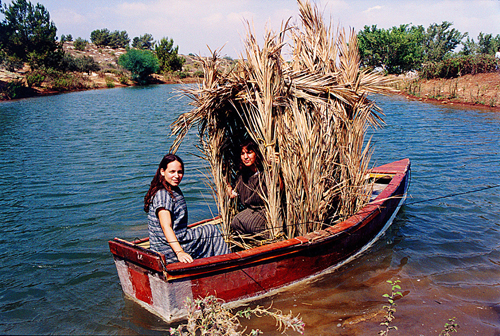Looking for things to do on Sukkot in Israel? Unique Israel Tours brings you a sampling of some great options to make your vacation unforgettable on this Festival of Booths.
Four Species Tour
Discover Israel’s Biblical nature reserve. Sift through the Bible and rabbinic writings to discover and understand which fruits and plants are required to celebrate the Succot holiday. Explore the many different ways you can build a kosher (and non-kosher) Succah by visiting an outdoor exhibition of full-scale models. Travel to Jerusalem and experience a modern Four Species market where Jews from all walks of life scour the selection for the perfect set – and choose a set of your own.
Enjoy a day of study, discovery and exploration that will help you experience the festival as never before.
Tekhelet Tour
Come learn how a two-thousand year old mystery has been solved, enabling Jews to return to a forgotten mitzvah! Study history, archaeology and Jewish sources all while scuba diving on one of Israel’s most beautiful beaches. Travel to nearby Zichron Yaakov, one of Israel’s first moshavim (cooperative farms). Experience one family’s emotional journey of hardship and triumph in the Land of Israel in a unique historical museum. No Unique Israel Tour is complete without some succulent local cuisine. Enjoy the daily catch at Atlit’s famous Ben Ezra fish restaurant.
Throughout the year, Unique Israel Tours offers Jerusalem walking tours.
This Succot we will explore and enjoy Jerusalem’s justly famous open air market (shuk). Our tour will eat their way through history and traditions while answering the mystery why, contrary to Jewish law, a famous rabbi is buried is the middle of the adjacent residential neighborhood. We will then walk to Jerusalem’s city hall Succot display and discover the winner of this year’s ‘ecological’ Succah competition. End the day with a short walk through one of Jerusalem’s hidden parks filled with pools and ancient tombs.
During Succot as well the rest of the year, Unique Israel Tours will create a customized itinerary, special for your family or group.




